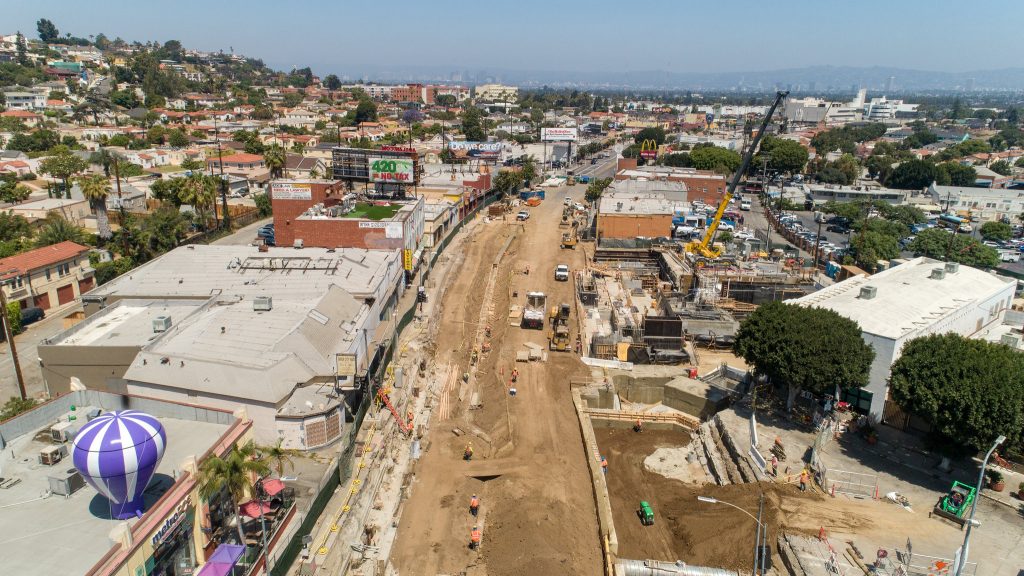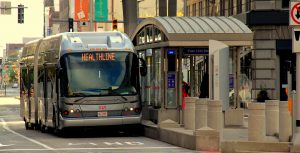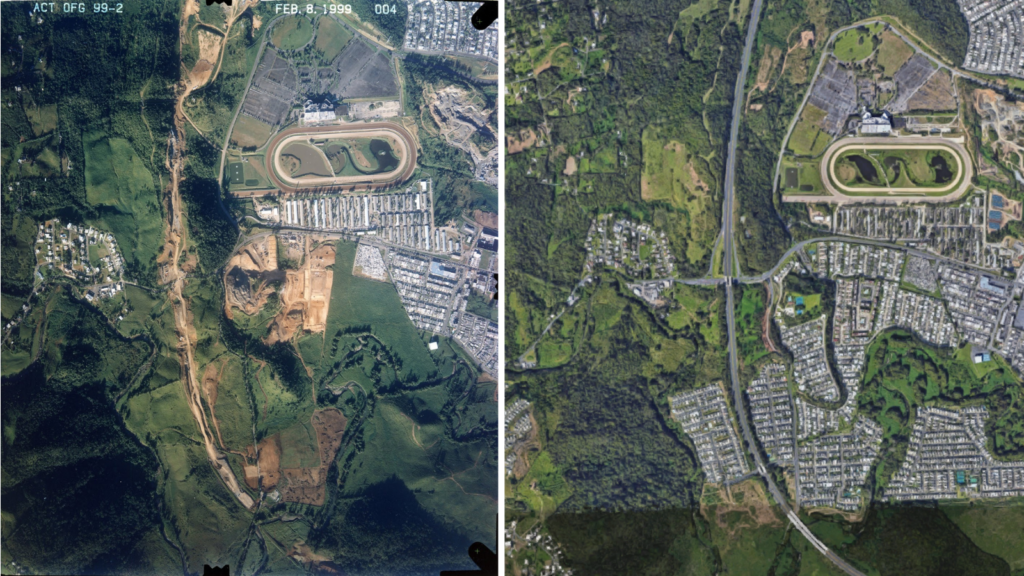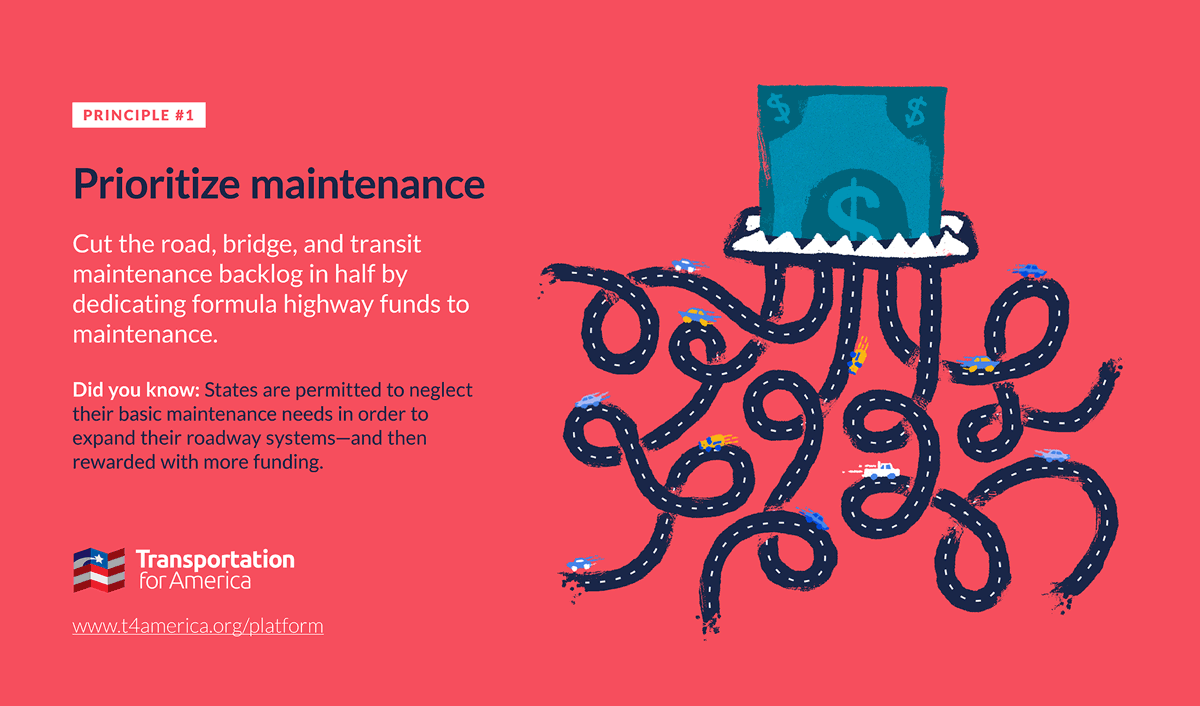
A plethora of plans: what do they all mean? (Planning)
Before projects are developed and funded, states and regions create long-range plans for their transportation systems, which include projections of needs and challenges as well as investments in transportation needed to address them. From this system-wide, long range, states and regions develop short-term plans for specific corridors, walking and biking and much more. Start deciphering the universe of plans to know >>
How are projects chosen for funding? (Programming)
After all the plans above lead to proposed projects, states and regions have to pick which ones to advance. How is one project picked over another? This process, which gets tagged with the label of “programming,” is just about deciding where and when shovels eventually end up in the ground on which projects. Read more about how projects are chosen for funding >>
How is transit funded? (Part 1: Capital grants)
Transit funding is divided into two parts, capital and operations expenses. Public agencies of all sorts are tasked with keeping their operating and capital budgets strictly separate, and the two are often administered by entirely distinct offices. Capital costs include projects to expand or improve transit systems, such as adding stations and vehicles. Here are federal funding opportunities to help public transit agencies cover their capital costs. Read more about funding capital projects >>
How to use NEPA to protect communities
The National Environmental Policy Act (NEPA) requires an agency using federal funds to consider the impacts of their alternatives on the environment and the public, choose their preferred alternative and then take steps to avoid, minimize, or compensate for any damage—even when they cannot do so fully. Environmental reviews do not always result in canceling bad projects, or even substantially changing them. Learn more about NEPA and environmental reviews >>
Community Connectors: tools for advocates
 You may be fighting against a freeway expansion. You may be trying to advance a Reconnecting Communities project to remove an old highway. You might be just trying to make wide, dangerous arterial roads a little safer for people to cross. This Community Connectors portal explains common terms, decodes the processes, clarifies the important actors, and inspires with helpful real-world stories.
You may be fighting against a freeway expansion. You may be trying to advance a Reconnecting Communities project to remove an old highway. You might be just trying to make wide, dangerous arterial roads a little safer for people to cross. This Community Connectors portal explains common terms, decodes the processes, clarifies the important actors, and inspires with helpful real-world stories.











